Akshobhya 7-Minute Concise Sadhana with Chanted Mantras in Sanskrit for Daily Practice

This short 7-minute Sadhana, by Karma Chakmé is ideal as either a daily short merit and meditation session, and on Supreme Reflection Day, on the 23rd of each lunar month (the half moon or waning quarter moon.)
Akshobhya literally means “unshakable.” One of Akshobhya’s great vows is to never become angry until reaching enlightenment. Because of this, we turn to Akshobhya Buddha to calm our anger or negative emotions, of ourselves or others. He can help calm the anger of others, pacifying violence, war, and fighting. He can calm and sooth our own minds.
Video:
He is visualized in front of us, cool and reflective blue, like the moon reflected in the water. At his heart is a blue Hum syllable, the seed syllable of our mind.
Recite along with us now, the short Sadhana by Karma Chakmé to help bring Akshobhya’s wisdom and blessings into our lives. If you do not have empowerment, you may still practice, visualizing Akshobhya’s merit field in front of you.
Namo Bhagavate. Akshobhya tathagatayarhate. samyaksam buddhyaya.
Namo Dharmaya
Namo Sanghaya
I visualize the Bhagavān Akshobhya in front of me,
Complete with the major and minor marks and in Nirmāṇakāya aspect,
And seated upon a throne supported by elephants.
At his heart, upon a moon-disc, is a blue hūṃ,
Around which the mantra rotates to the right,
Sending out powerful rays of deep blue light.
Through this, I visualize, the karmic obscurations
Of all sentient beings, especially of those who have passed away,
Disappear entirely, just like frost in sunlight!
Namo ratna trayaya
Om kamkani kamkani rochani rochani trotani trotani trasani trasani pratihana pratihana sarva karma param parani me svaha sattvanancha svaha.
Namo ratna trayaya
Om kamkani kamkani rochani rochani trotani trotani trasani trasani pratihana pratihana sarva karma param parani me svaha sattvanancha svaha.
Namo ratna trayaya
Om kamkani kamkani rochani rochani trotani trotani trasani trasani pratihana pratihana sarva karma param parani me svaha sattvanancha svaha.
By the power of praising and supplicating Akshobhya Buddha, Lochana Mother, the Vajra Buddha Family, the Three Jewels, the Three Supremes and the Three Roots, wherever I and others reside may negative karma, past downfalls, illness, obstructive spirits, poverty, and fighting be purified and pacified, and may the Dharma and auspiciousness flourish. May I attain Enlightenment for the benefit of all sentient beings.
Om Akshobhya Hum.
We dedicate the merit of this practice to the cause for Enlightenment for the benefit of all sentient beings.
Recite along with us now, the short Sadhana by Karma Chakmé to help bring Akshobhya’s wisdom and blessings into our lives. If you do not have empowerment, you may still practice, visualizing Akshobhya’s merit field in front of you.
Namo Bhagavate. Akshobhya tathagatayarhate. samyaksam buddhyaya.
Namo Dharmaya
Namo Sanghaya
I visualize the Bhagavān Akshobhya in front of me,
Complete with the major and minor marks and in Nirmāṇakāya aspect,
And seated upon a throne supported by elephants.
At his heart, upon a moon-disc, is a blue hūṃ,
Around which the mantra rotates to the right,
Sending out powerful rays of deep blue light.
Through this, I visualize, the karmic obscurations
Of all sentient beings, especially of those who have passed away,
Disappear entirely, just like frost in sunlight!
Namo ratna trayaya
Om kamkani kamkani rochani rochani trotani trotani trasani trasani pratihana pratihana sarva karma param parani me svaha sattvanancha svaha.
Namo ratna trayaya
Om kamkani kamkani rochani rochani trotani trotani trasani trasani pratihana pratihana sarva karma param parani me svaha sattvanancha svaha.
Namo ratna trayaya
Om kamkani kamkani rochani rochani trotani trotani trasani trasani pratihana pratihana sarva karma param parani me svaha sattvanancha svaha.
By the power of praising and supplicating Akshobhya Buddha, Lochana Mother, the Vajra Buddha Family, the Three Jewels, the Three Supremes and the Three Roots, wherever I and others reside may negative karma, past downfalls, illness, obstructive spirits, poverty, and fighting be purified and pacified, and may the Dharma and auspiciousness flourish. May I attain Enlightenment for the benefit of all sentient beings.
Om Akshobhya Hum.
We dedicate the merit of this practice to the cause for Enlightenment for the benefit of all sentient beings.
TRANSLATION of DHARANI
His great healing and calming Dharani, the Dharani that purifies all karmic obscrucations, in Sacred Sanskrit, from Sutra is:
Namo Bhagavate. Akshobhya tathagatayarhate. samyaksam buddhyaya. Tadyata. Om kamkani kamkani. rochani rochani. trotani trotani. trasani trasani. pratihana pratihana. sarva karma. param parani. me svaha. sattvanancha svaha.
Translation:
Namo means “praise to” or “prostrations to”
Ratna Trayaya means “three jewels” or “triple gem” Buddha, Dharma, Sangha
Om praises the body, speech and mind of the Buddha
Kamkani, Kamkani “I purify with bell and sound” (Kamkani is offering “bell”)
Rochani, Rochani is “I purify with offerings” (Rochani is the Golden Offering Goddess)
Trotani, Trotani “cut, cut” I Cut
Trasani, Trasani “harm” and “fears”
Pratihana, Pratihana “I pray, pray”
sarva means “all”
karma “activities”
param “highest” or “supreme”
parani “lead me to”
me means “restore”
sarva means “all”
Satvanancha means “purification
Svaha “make it so”
2 thoughts on “Akshobhya 7-Minute Concise Sadhana with Chanted Mantras in Sanskrit for Daily Practice”
Leave a Comment
More articles by this author
Search
Latest Features
Please support the "Spread the Dharma" mission as one of our heroic Dharma Supporting Members, or with a one-time donation.
Please Help Support the “Spread the Dharma” Mission!
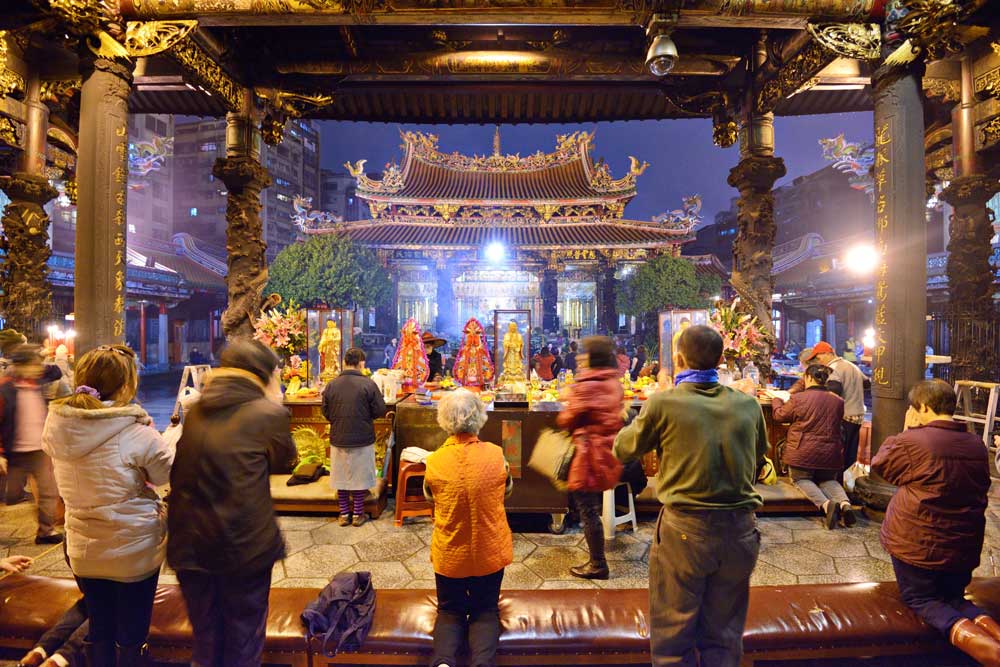
Be a part of the noble mission as a supporting member or a patron, or a volunteer contributor of content.
The power of Dharma to help sentient beings, in part, lies in ensuring access to Buddha’s precious Dharma — the mission of Buddha Weekly. We can’t do it without you!
A non-profit association since 2007, Buddha Weekly published many feature articles, videos, and, podcasts. Please consider supporting the mission to preserve and “Spread the Dharma." Your support as either a patron or a supporting member helps defray the high costs of producing quality Dharma content. Thank you! Learn more here, or become one of our super karma heroes on Patreon.
Lee Kane
Author | Buddha Weekly
Lee Kane is the editor of Buddha Weekly, since 2007. His main focuses as a writer are mindfulness techniques, meditation, Dharma and Sutra commentaries, Buddhist practices, international perspectives and traditions, Vajrayana, Mahayana, Zen. He also covers various events.
Lee also contributes as a writer to various other online magazines and blogs.

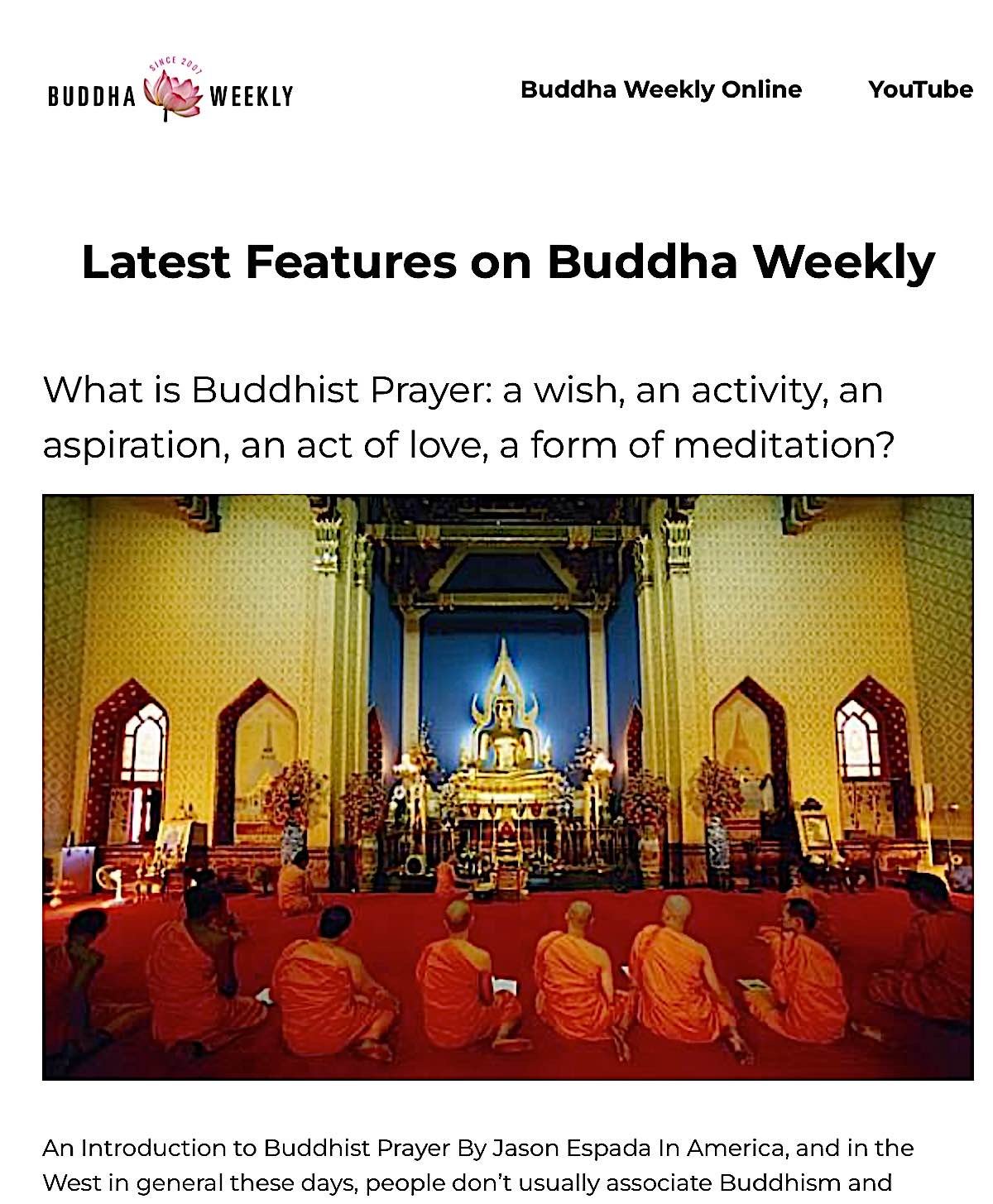


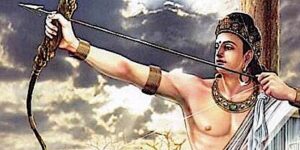


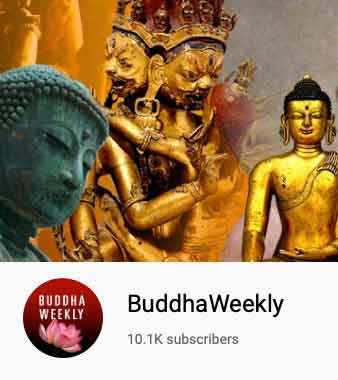





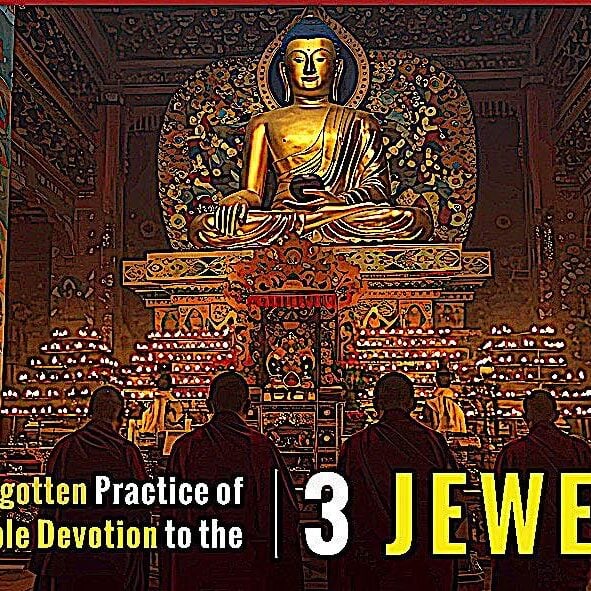
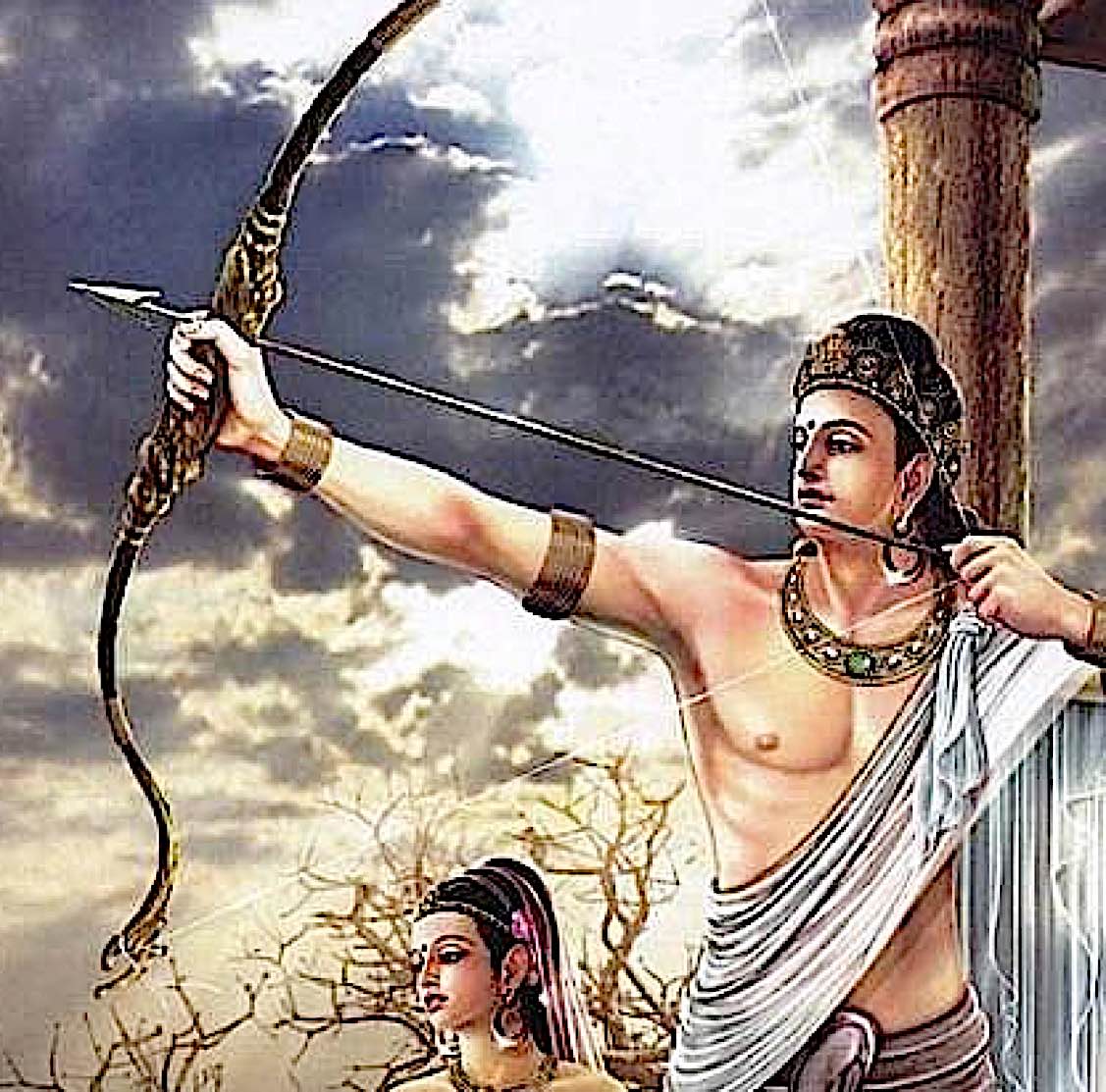

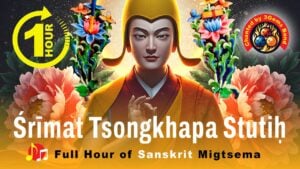
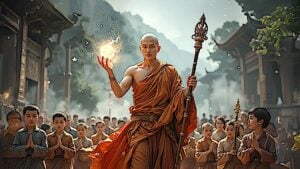

Thank you for sharing this sadhana-may it be of tremendous benefit. Could you translate the long mantra is into english please? I am always interested to know the meaning of the words…especially since the Akshobya mantra includes wors I’ve not seen in other mantras. thank you so much
Hi Trish,
Sorry, it was in the Dharani stand-alone video, but I should have added it here. I’ll paste here, but add it also to the feature: His great healing and calming Dharani, the Dharani that purifies all karmic obscrucations, in Sacred Sanskrit, from Sutra is:
Namo Bhagavate. Akshobhya tathagatayarhate. samyaksam buddhyaya. Tadyata. Om kamkani kamkani. rochani rochani. trotani trotani. trasani trasani. pratihana pratihana. sarva karma. param parani. me svaha. sattvanancha svaha.
Translation:
Namo means “praise to” or “prostrations to”
Ratna Trayaya means “three jewels” or “triple gem” Buddha, Dharma, Sangha
Om praises the body, speech and mind of the Buddha
Kamkani, Kamkani “I purify with bell and sound” (Kamkani is offering “bell”)
Rochani, Rochani is “I purify with offerings” (Rochani is the Golden Offering Goddess)
Trotani, Trotani “cut, cut” I Cut
Trasani, Trasani “harm” and “fears”
Pratihana, Pratihana “I pray, pray”
sarva means “all”
karma “activities”
param “highest” or “supreme”
parani “lead me to”
me means “restore”
sarva means “all”
Satvanancha means “purification
Svaha “make it so”
Hope that helps. In kindness, BW